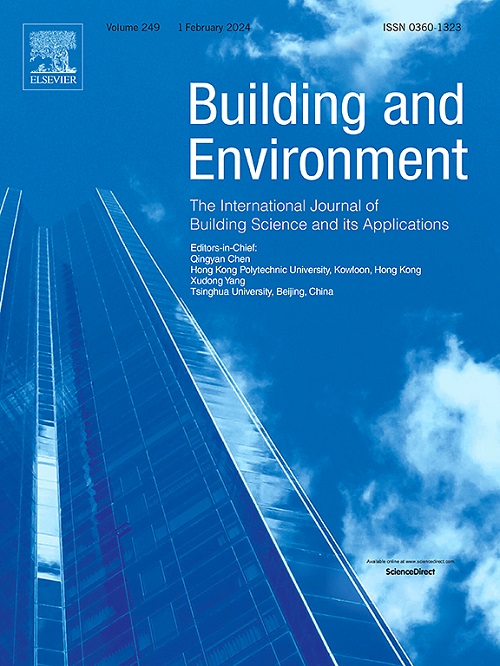Unveiling differential impacts of multidimensional urban morphology on heat island effect across local climate zones: Interpretable CatBoost-SHAP machine learning model
IF 7.1
1区 工程技术
Q1 CONSTRUCTION & BUILDING TECHNOLOGY
引用次数: 0
Abstract
Classifying local climate zones (LCZ) improves the understanding of how urban morphology affects the urban heat island (UHI) effect. However, differences in driving mechanisms across various LCZ types are often overlooked, leading to a lack of targeted UHI mitigation measures for different LCZ types. In this study, we took Shenzhen as a case study and employed a novel interpretable CatBoost-SHAP machine learning model to evaluate the contributions of multidimensional urban morphology factors to the UHI effect across various LCZ types. We found that the driving mechanisms in different LCZ types have both commonalities and differences. For all LCZ types, the blue-green space ratio (BGSR), digital elevation model (DEM), albedo (AL), and mean building height (MBH) consistently exhibited significant negative impacts on the UHI effect, whereas space crowding degree (SCD) showed a positive impact. Although some factors such as sky view factor (SVF), building shape index (BSI), and surface unfolding ratio (SUR) also contributed to the UHI effect, the positive and negative correlations are reversed across different LCZ types. Additionally, factors such as green view index (GVI) and patch density (PD) had a greater influence on land cover types compared to built types. These findings reveal the complex interactions between urban morphology and the UHI effect, underscoring the necessity of investigating the driving mechanisms across various LCZ types. Our study can provide valuable insights for urban planners and policymakers to develop targeted mitigation strategies for specific LCZ types, thereby effectively alleviating the UHI effect.

揭示局部气候带多维城市形态对热岛效应的差异影响:可解释的CatBoost-SHAP机器学习模型
局部气候带(LCZ)分类有助于理解城市形态对城市热岛效应的影响。然而,不同LCZ类型之间驱动机制的差异往往被忽视,导致缺乏针对不同LCZ类型的有针对性的城市热岛缓解措施。本文以深圳市为例,采用一种新的可解释CatBoost-SHAP机器学习模型,对不同城市类型的城市热岛效应中多维城市形态因素的贡献进行了评估。研究发现,不同LCZ类型的驱动机制既有共性,也存在差异。在所有LCZ类型中,蓝绿空间比(BGSR)、数字高程模型(DEM)、反照率(AL)和平均建筑高度(MBH)对城市热岛效应均表现出显著的负向影响,而空间拥挤度(SCD)则表现出正向影响。尽管天空景观因子(SVF)、建筑形状指数(BSI)和地表展开比(SUR)等因子也对城市热岛效应有影响,但在不同的LCZ类型中,正相关和负相关是相反的。此外,绿地景观指数(GVI)和斑块密度(PD)等因子对土地覆盖类型的影响大于建筑类型。这些发现揭示了城市形态与城市热岛效应之间复杂的相互作用,强调了研究不同类型城市热岛效应驱动机制的必要性。本研究可为城市规划者和政策制定者制定针对特定LCZ类型的有针对性的缓解策略提供有价值的见解,从而有效缓解城市热岛效应。
本文章由计算机程序翻译,如有差异,请以英文原文为准。
求助全文
约1分钟内获得全文
求助全文
来源期刊

Building and Environment
工程技术-工程:环境
CiteScore
12.50
自引率
23.00%
发文量
1130
审稿时长
27 days
期刊介绍:
Building and Environment, an international journal, is dedicated to publishing original research papers, comprehensive review articles, editorials, and short communications in the fields of building science, urban physics, and human interaction with the indoor and outdoor built environment. The journal emphasizes innovative technologies and knowledge verified through measurement and analysis. It covers environmental performance across various spatial scales, from cities and communities to buildings and systems, fostering collaborative, multi-disciplinary research with broader significance.
 求助内容:
求助内容: 应助结果提醒方式:
应助结果提醒方式:


